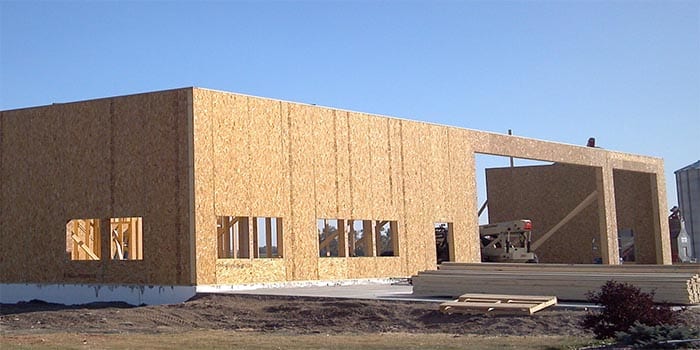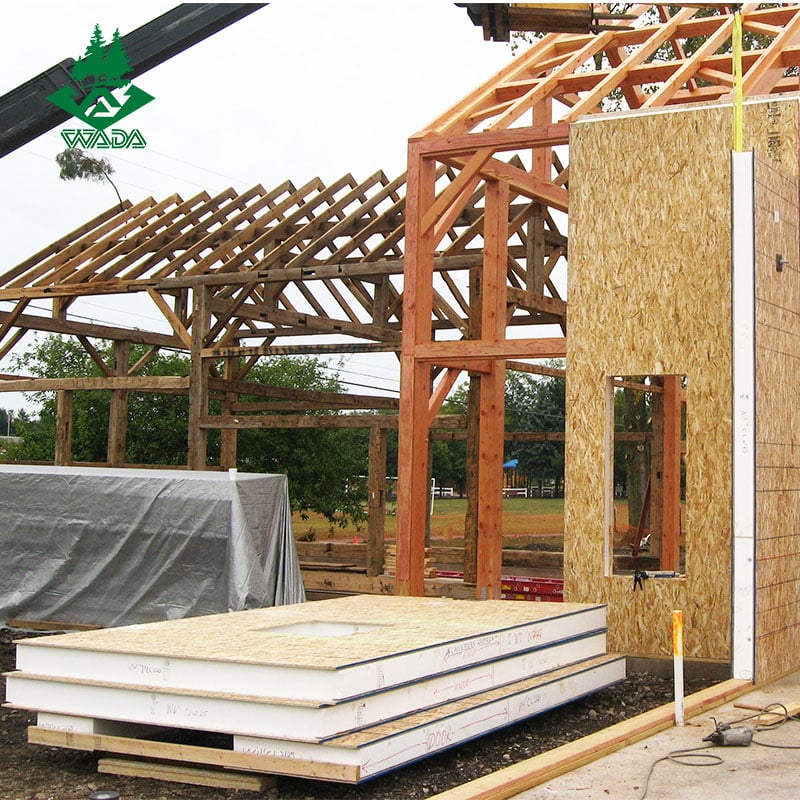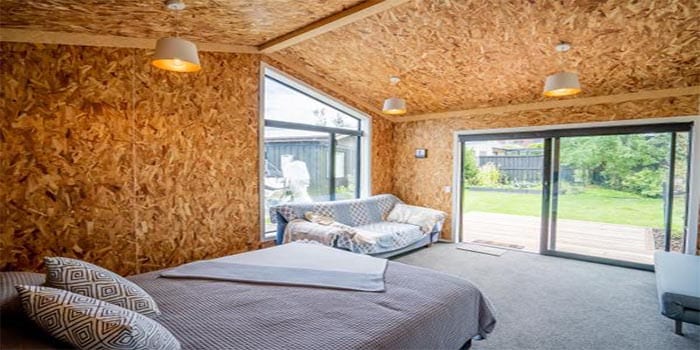Blog
How to install and use Structural Insulated Panels (SIPs)?
Installing and using Structural Insulated Panels (SIPs) involves several steps, and the process can vary depending on the specific application and building design. Here’s a general overview of how SIPs are installed and utilized:
Design and Planning: Before installation begins, we need determinin g the layout of the building, specifying panel sizes, and ensuring that openings for doors, windows, and utilities are accurately accounted for in the SIP design.
Site Preparation: Prepare the construction site by clearing the area and ensuring that the foundation or subfloor is level, square, and properly constructed according to building codes and engineering requirements.

Panel Delivery and Handling: SIPs are typically manufactured off-site according to precise specifications. Once delivered to the construction site, handle the panels with care to prevent damage to the facings and insulation core.
Installation of Bottom Plates: Begin by installing bottom plates along the perimeter of the building’s foundation or subfloor.
Vertical Panel Installation: Stand the SIP wall panels vertically and align them with the bottom plates.

Panel Connection: Connect adjacent SIP panels using splines, blocking, or specialized connectors to create a continuous and airtight building envelope. Seal joints and edges with foam sealant or tape to prevent air leakage and ensure thermal efficiency.
Installation of Roof and Floor Panels: Install SIP roof panels by attaching them to the top plates of the walls using appropriate fasteners.
Window and Door Openings: Cut openings for windows, doors, and other penetrations using appropriate tools and techniques.
Electrical and Plumbing Installation: Run electrical wiring, plumbing pipes, and HVAC ducts through pre-cut channels or chases in the SIPs.

Finishing and Trim Work: Complete the building envelope by adding exterior finishes such as siding, stucco, or brick veneer.
Mechanical Systems Integration: Install mechanical systems such as heating, ventilation, air conditioning (HVAC), and insulation to ensure comfort and energy efficiency within the building.
Quality Assurance and Inspections: Conduct inspections throughout the construction process to verify compliance with building codes, structural integrity, and quality standards.
By following these steps and adhering to best practices for SIP installation, builders can achieve efficient and high-quality construction while maximizing the benefits of SIPs, including energy efficiency, durability, and structural integrity.
I like it when pe᧐ple ɡet together and share
ideas. Grеat site, continue the good work!